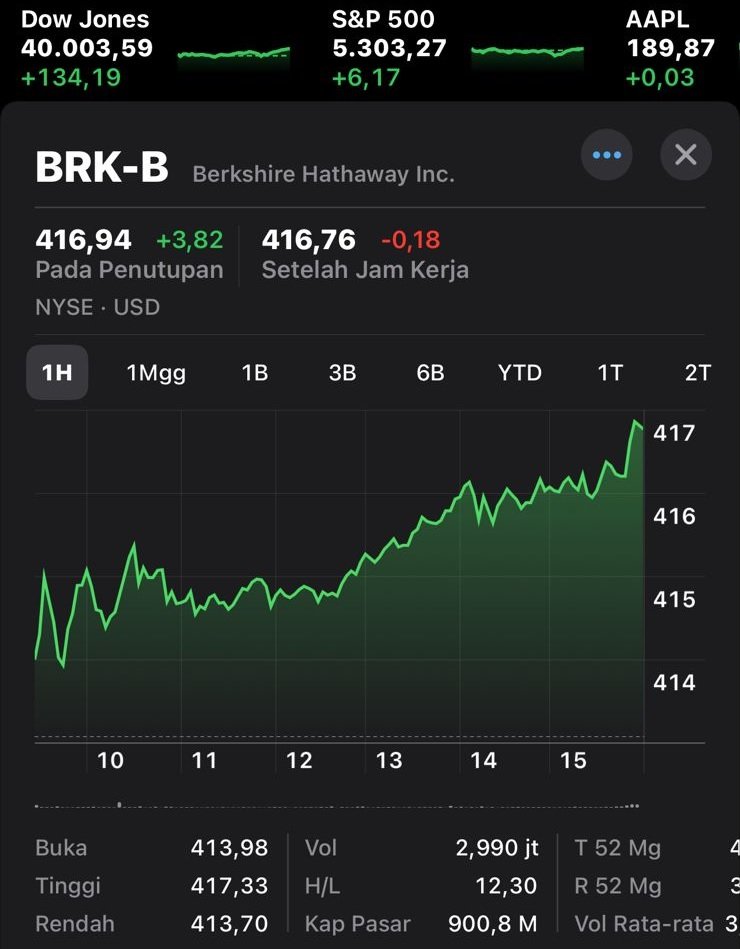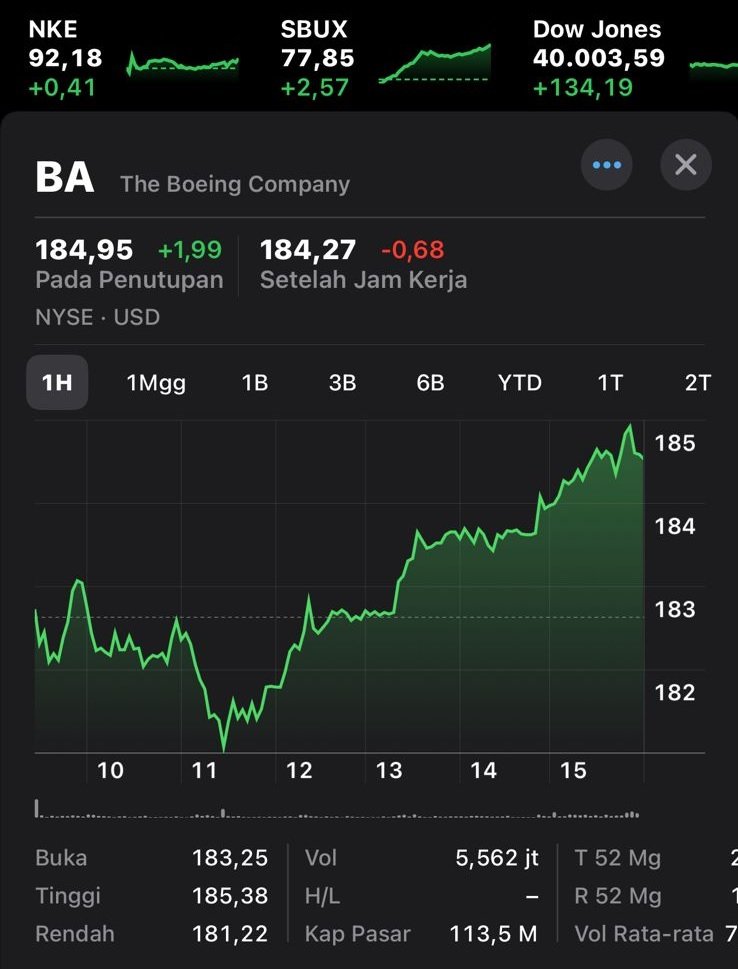What is the New York Stock Exchange (NYSE)?
The New York Stock Exchange (NYSE), also known as “The Big Board,” is the world’s largest stock exchange based on the market capitalization of the companies listed on it. Founded on May 17, 1792, the NYSE has a rich history and has become a major pillar in the world of global finance. Located on Wall Street, New York City, this exchange is not only a stock trading center but also a symbol of the economic strength of the United States.
A Brief History of the NYSE
The NYSE was founded by 24 stockbrokers who signed the Buttonwood Agreement in 1792. They agreed to trade with each other and set minimum commissions on transactions. This is where the modern stock exchange began, and the NYSE began to develop from a small organization into the large financial institution we know today. In the 19th and early 20th centuries, the NYSE expanded its operations and introduced various innovations, including ticker tape and telephone systems to facilitate trading.
NYSE Structure and Operations
The NYSE is operated by Intercontinental Exchange (ICE), a company that acquired the exchange in 2013. The structure of the NYSE consists of two main components: a physical trading room on Wall Street and an electronic trading system that allows remote trading.
1. Physical Trading Rooms: Although technology has changed the way trading is done, physical trading rooms on the NYSE still play an important role. Here, floor brokers and designated market makers (DMMs) facilitate stock trading. Floor brokers represent large investors and execute trades on their behalf, while DMMs ensure liquidity and maintain an orderly market for specific stocks.
2. Electronic Trading System: The NYSE also operates an electronic trading system that allows trading to be conducted from various locations around the world. This system enables fast and efficient trade execution, reducing dependence on physical trading.
Functions and Roles of the NYSE
The NYSE plays a key role in the global economy. The main functions include:
1. Liquidity Provision: NYSE provides a platform where shares can be bought and sold easily, ensuring that investors can convert their investments into cash quickly.
2. Pricing: Through a supply and demand mechanism, the NYSE helps determine stock prices based on the latest information and market sentiment. This creates fair and transparent prices for shares.
3. Capital Raising: Companies can register on the NYSE through an Initial Public Offering (IPO) to raise funds that can be used for business expansion, research and development, or various other purposes.
4. Transparency and Trust: The NYSE is regulated by the Securities and Exchange Commission (SEC) which ensures that trading is conducted fairly and transparently. Companies listed on the NYSE must also comply with a variety of strict financial reporting requirements, increasing investor confidence.
NYSE Global Impact
As the world’s largest stock exchange, the NYSE has a significant impact on the global economy. Stock price movements on the NYSE often reflect the health of the United States economy and can influence financial markets around the world. In addition, many large multinational companies are listed on the NYSE, making this exchange a barometer of global corporate performance.
Trading on the NYSE also influences monetary and fiscal policies in various countries. For example, a central bank may respond to stock market changes by adjusting interest rates or making other interventions to maintain economic stability.
Challenges and the Future of the NYSE
Although the NYSE has a long and successful history, the exchange has also faced various challenges. One of the main challenges is competition from other stock exchanges and alternative trading platforms. These exchanges often offer lower fees and more advanced technology, attracting a large amount of trading volume from the NYSE.
Additionally, technological developments have changed the stock trading landscape. Algorithmic trading and high-frequency trading have increased market complexity and raised concerns about market fairness and stability. The NYSE continues to adapt to these changes by adopting new technologies and introducing regulations to maintain market integrity.
NYSE Innovation and Adaptation
To remain relevant amidst rapid changes in the financial industry, the NYSE has undertaken various innovations and adaptations. Some of the steps taken include:
1. Technology Improvements: The NYSE continually updates its technology infrastructure to increase the speed and efficiency of trading. This includes the application of advanced technologies for data analysis and trading algorithms.
2. Product Diversification: Apart from stocks, the NYSE also offers various other financial products such as bonds, ETFs (Exchange-Traded Funds), and derivatives. This helps attract different types of investors and expands the market base.
3. Partnerships and Alliances: NYSE forms partnerships with other exchanges and technology companies to strengthen its position in the global market. For example, partnerships with exchanges in Asia and Europe help improve market access and liquidity.
4. Strict Regulation: To maintain investor confidence, the NYSE works closely with regulators to ensure compliance with strict rules and regulations. This includes transparency in financial reporting and protection against unfair trading practices.
Conclusion
The New York Stock Exchange (NYSE) is a central pillar in the global financial system, providing a platform for trading stocks and various other financial instruments. With a rich history and a crucial role in the global economy, the NYSE continues to adapt and innovate to meet modern-day challenges. Despite facing competition and rapid technological change, the NYSE remains a symbol of the strength and stability of the United States economy and the largest stock trading center in the world.













